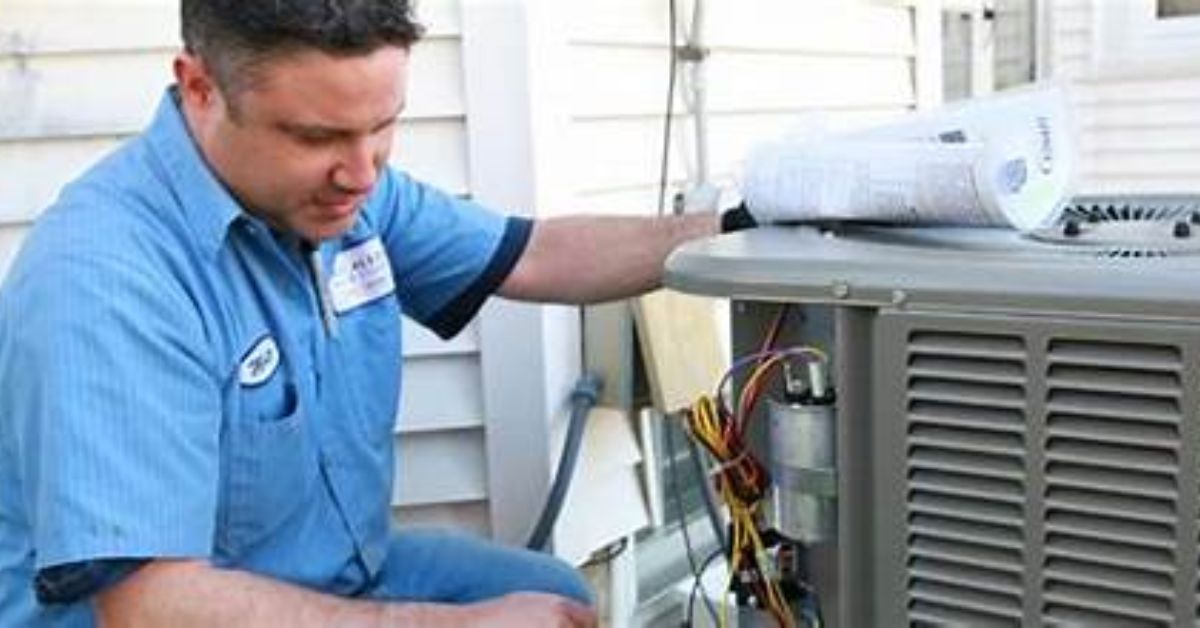Physical Address
304 North Cardinal St.
Dorchester Center, MA 02124
Physical Address
304 North Cardinal St.
Dorchester Center, MA 02124

If you own a YEX382V3YTE air conditioner, you know how essential it is for maintaining a comfortable living or working environment, especially during the hot months. Like any sophisticated HVAC system, the YEX382V3YTE model requires proper maintenance and timely repairs to ensure optimal performance and longevity. Whether you’re a DIY enthusiast or considering professional help, understanding how to troubleshoot common issues and perform key repairs can save you money and reduce downtime.
The YEX382V3YTE is a high-efficiency air conditioner designed for residential and light commercial use. It boasts features such as a state-of-the-art inverter compressor, energy-saving modes, and smart control options. Its sleek design ensures it fits seamlessly into various spaces while providing reliable cooling performance. The model typically has a cooling capacity around 3.8 kW (roughly 13,000 BTU), suitable for medium-sized rooms or office spaces.
Energy efficiency ratings like SEER (Seasonal Energy Efficiency Ratio) often exceed industry standards, helping homeowners reduce utility bills. The system comprises multiple components working together to deliver consistent air conditioning, including compressor, condenser, evaporator, fan motors, and control panels.
This issue often presents as the unit running but not effectively lowering room temperature. Causes include dirty filters, low refrigerant levels, or compressor problems. Regular inspection and timely repairs are crucial to prevent further damage.
Grinding, banging, or rattling sounds can indicate loose parts, a failing fan motor, or debris caught in the unit. Addressing these noises early can prevent component failure.
Electrical issues such as tripped circuit breakers, blown fuses, or faulty relays often cause this problem. It’s essential to check the electrical supply first before attempting repairs.
Blocked or damaged drain tubes can lead to water leaks. Refrigerant leaks stem from damaged coils or fittings, which can impair cooling performance and harm the environment. Immediate repair is necessary to prevent further damage and ensure safety.
This occurs when the system turns on and off repeatedly, often due to thermostat misplacement, refrigerant issues, or dirty filters. Proper diagnosis can restore efficiency.
For detailed safety guidelines, consult the Occupational Safety and Health Administration.
The simplest and most effective maintenance task is to regularly replace or clean air filters. Tools needed: new filters, screwdriver.
If the fan motor fails, you may notice no airflow or abnormal noises. Diagnosing involves checking motor power supply and physical damage.
Detecting refrigerant leaks typically involves professional tools like leak detectors. Recharging refrigerant requires certified technicians due to environmental regulations.
Learn more about refrigerant handling standards here.
Since compressor issues are complex, it’s recommended to seek professional repair. Symptoms include rattling sounds, overheating, or failure to start. Replacement may involve swapping out the compressor or the entire outdoor unit.
Choosing qualified HVAC technicians ensures safe and reliable repairs.
| Issue | Possible Cause | Recommended Action | Tools Needed |
|---|---|---|---|
| Insufficient cooling | Dirty filters, low refrigerant, compressor issue | Clean/replace filters, check refrigerant levels, inspect compressor | Filter replacement tools, refrigerant gauge, multimeter |
| Unusual noises | Loose parts, failing fan motor, debris | Tighten loose parts, replace fan motor, clear debris | Screwdriver, replacement fan motor |
| Unit not turning on | Electrical issues, open circuit breaker | Reset circuit breaker, inspect wiring and fuses | Multimeter, screwdriver |
| Water leaks | Clogged drain, damaged coils | Clear drain, repair/replace coils | Vacuum/coil cleaner, repair tools |
| Frequent cycling | Refrigerant or thermostat issues | Check refrigerant, reposition thermostat, clean filters | Refrigerant tools, screwdriver |
It’s recommended to replace filters every 1-3 months and schedule professional inspections annually to keep your system running efficiently.
Basic tasks like changing filters or cleaning coils can be DIY, but repair yex382v3yte air conditioner issues such as refrigerant leaks or compressor failures should be handled by qualified HVAC technicians for safety and effectiveness.
Indicators include reduced cooling capacity, ice buildup on coils, and oily spots around refrigerant lines.
Regular filter changes, scheduled professional checkups, and ensuring the outdoor unit is unobstructed are key steps.
Turn off the system immediately, inspect for loose parts or debris, and contact a professional if the noise persists.
Simple tasks like filter replacements may take less than 30 minutes, while complex repairs like refrigerant recharge or compressor replacement can take several hours or require multiple visits.
Yes. Always disconnect power, wear protective gear, and consult the manufacturer’s manual or safety guidelines.
Check the official website or contact the manufacturer directly for manuals specific to YEX382V3YTE.
Consistent maintenance, timely repairs, and monitoring system performance can extend your air conditioner’s lifespan and efficiency.
Yes. Recharging refrigerant involves handling pressurized chemicals and environmental regulations, making it essential to hire certified technicians.
Proper maintenance of your YEX382V3YTE air conditioner ensures optimal cooling, energy efficiency, and a longer lifespan. Regular troubleshooting and timely repairs can prevent costly breakdowns, keeping your environment comfortable year-round. When in doubt, always rely on qualified HVAC professionals to handle complex repairs and ensure safety. For additional guidance, reputable sources like DOE’s energy-saving tips and trusted service providers can help you keep your system in top shape.